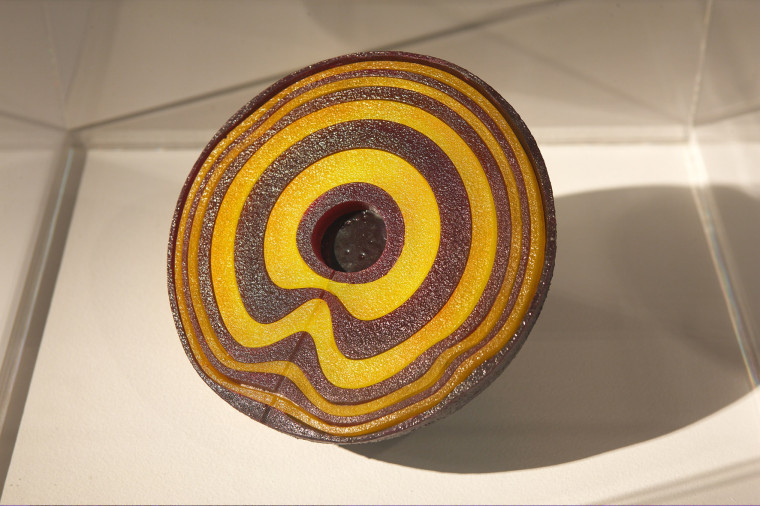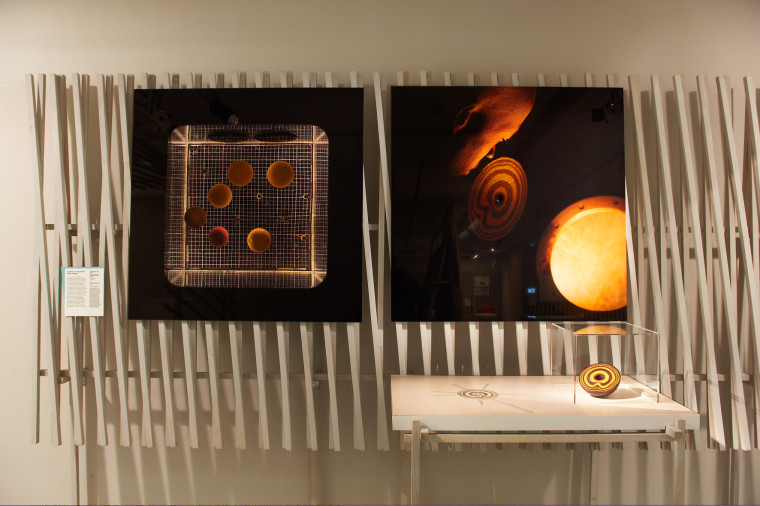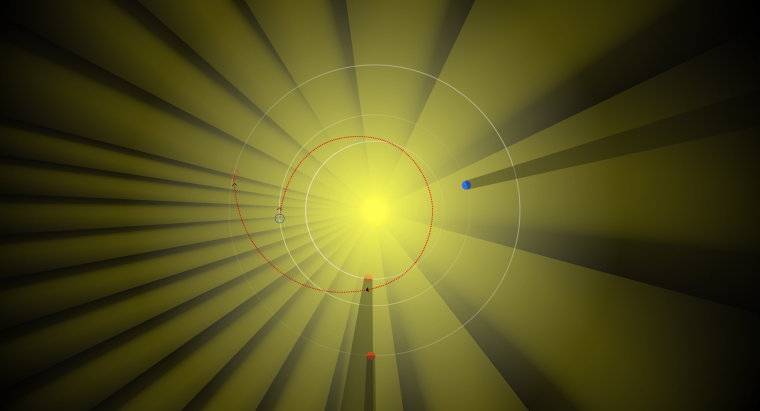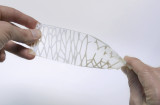To biofacture food for space
Seasons of the Void
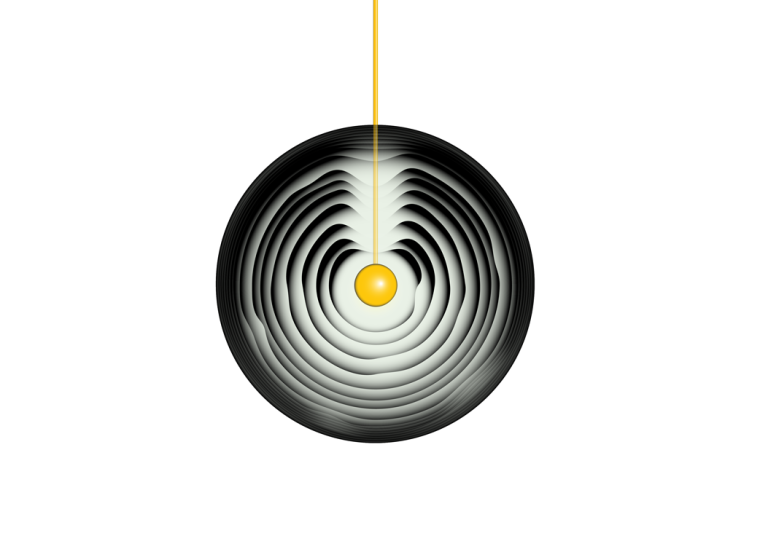
Alexandra Daisy Ginsberg, Sascha Pohflepp, Andrew Stellitano
Advanced technologies designed for space often come back to Earth: portable cordless vacuums, baby formula nutrients, and memory foam have become unremarkable.
Now scientists and engineers are inventing novel organisms in the hope that future astronauts could farm them on the long voyage to Mars, reducing the 30,000kg of provisions that would otherwise be slung into space. For decades, scientists have imagined ‘closed life support food’ that would purify human waste and recycle the air. But mission success also needs happy astronauts. A thousand-day diet of genetically modified algae may meet stringent engineering demands, but would fail the emotional desires of lonely space travellers dreaming of steak.
‘Seasons of the Void’ imagines delicious fruits that are grown from redesigned microorganisms, feeding on electricity generated from sunlight.
‘Seasons of the Void’ imagines delicious fruits that are grown from redesigned microorganisms, feeding on electricity generated from sunlight. Electrosynthesis replaces photo-synthesis, and farming would rely less on Earth’s seasons than the trajectory of the spaceship.
Could designed fruits ever adopt the gloss of space travel, making GM food more palatable on Earth? The GM food debate may never have been further and closer at the same time.
